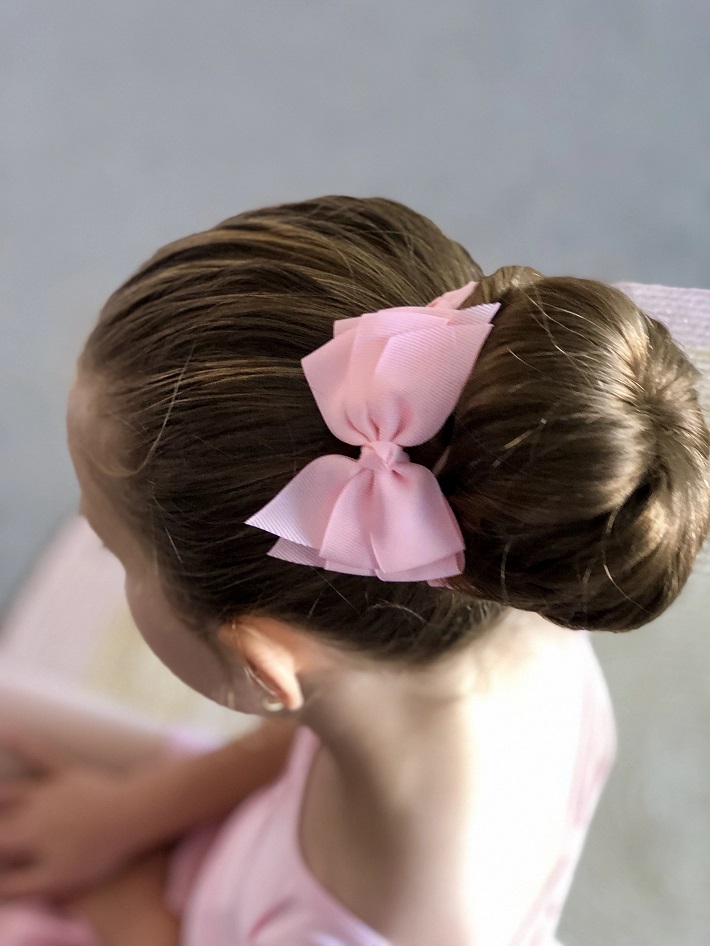The human body is meant to move. With an elegant dance of strength matched with silent beauty, we have ballet. You can’t just start this one day and expect to be an expert the next. Training and patience are required to be successful and improve. Now you have decided to embark on your new endeavour. I applaud you for reaching out to try new things. But how do you get started on a journey of this unique art? Here’s a guide to the must-have pieces for a ballet dancer’s wardrobe.
Ballet Shoes

Can you do a plie in any old dance shoes? It’s certainly possible but it would be difficult to stick the points. That is why shoes ballet specific models are designed for holding the many points and angles the foot must withstand. They are supposed to be snug to fit and to feel as if they are a part of your body. However, the structure is still important. You don’t want your feet to be too loose or too tight. When trying them on check for bulging.
The best material for ballet shoes is comfortable leather with an elastic drawstring for a snug fit. As pretty as they are I wouldn’t recommend buying synthetic or sateen ballet slippers. These offer little to no help for your training and may not protect the foot as well as you like. In addition, your ballet shoes can come with full soles, split soles, or hybrid soles. Full-soled ones are best for training because they give you more resistance as you dance away.
Canvas is also a great material for ballet shoes with a 4-way stretch and cotton lining. These are meant to contour your foot and attach to it like a glove. To pick the right size, keep in mind that each manufacturer is different. For example, women should order 1-2 sizes larger than street shoes and men should order 3-4 sizes larger than street models. This ensures you get the snug yet light-as-air feel you want.
How to Maintain Ballet Shoes
Generally, shoes for ballet last from 4 months to a year. If they are made of natural materials such as leather you need to give them proper care to keep them going. For keeping leather shoes up you can clean them with a detergent or leather cleaner. Be sure to follow with a leather conditioner so they don’t dry out. In addition, baking soda will eliminate any odour you want to get away.
Canvas shoes are the only ones that can be in the machine washer. You simply need to add them to a lingerie bag and use a gentle detergent on cold. To finish, as soon as they are dry you only need to let them air out on a towel.
A Leotard

What you wear while ballet training is a big key to your success. You can’t wear baggy clothes and sweats. Leotards are much like ballet shoes meant to be snug to the body. This art of the human body shows you. There’s no need for a distraction with chaotic clothes.
Leotards come in long sleeves or short sleeves. You have in addition a turtle neck, high neck, or scoop neckline. The versatility is endless depending on the leotard you need for your performance.
You want to look for a leotard that complements your skin tone and hair colour. Leotards come in colours such as teal, red, pink, cocoa, and black to name a few options. Most leotards are made of nylon, spandex, or lycra.
As you grace the stage with your gazelle performance your leotard should fit snugly to not distract. Aim to have no creases, wrinkles, or snags visible when fitted correctly. The closer the fit the more freedom you have.
How to Maintain Leotards
To keep your leotards from tarnishing it’s best to wash them in cold water with a mild detergent by hand. The aggression of the washing machine can cause great damage to your new equipment.
Legwear

Your body is all you have in ballet that’s why you have to protect it as much as possible. Legwear protects the skin and keeps you warm. Leg warmers are made of a soft knit material with acrylic & spandex fabric. In addition, you have footed and convertible tights.
Although tights are beautiful and add to the aesthetic of a graceful performance they do much more. Tights keep your legs warm, thus your muscles can endure longer grueling days in the studio.
Accessories

You have shoes, and a dress but what next? Ballet is all about keeping things simple. You only need a duffel bag to store your clothes and hair pieces.
As mentioned before while practising in the studio it can get very cold. That is why it’s recommended to have a fitted sweater that can easily be removed to keep your muscles warm.
Are You Ready for Your Close Up?
Practice makes perfect but in the case of ballet, practice makes for resilience. Dispute having to push through any pains I am sure your being well prepared each day with these essential wardrobe pieces you will feel accomplished and refreshed. Enjoy your new journey and never give up.



